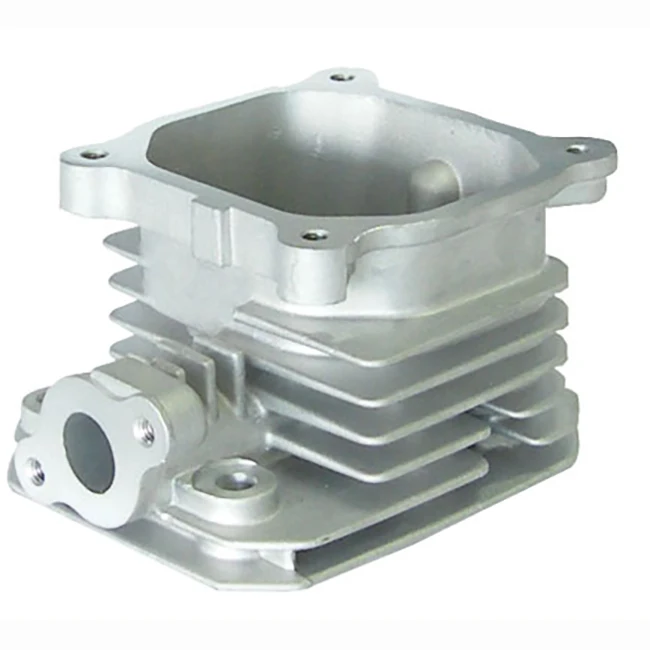Metal sheet processing: the ultimate guideSheet metal forming also known as a range of materials such as aluminum, brass and copper etc. For centuries it has been a critical component of the manufacturing process for many industries. The versatility and efficiency of sheet metal processing is making it a highly sought-after method in the production arena, today we are going to explore some of the tools used below with other information regarding its significance for manufacturing and changing industries. Learn more about the various Sheet Metal Processing TechniquesSheet metal processing uses different techniques to perform operations like cutting, bending, welding and punching. The cutting process consists of splitting the metal along a straight line using either shearing or laser-cutting equipment. Bending: Bending is folding the metal to geometric design with bending machine, or press brake. Welding is a process of joining two or more metal parts with heat, pressure or both. Making holes, notches or other shapes in the metal by putting it into a punch machine and drilling. Essential in the Manufacturing ProcessSheet metal processing is an essential part of the manufacturing process. A wide variety of products that we use today are made from using sheet metal. Everything from kitchen appliances, car parts and machinery to electronics or even buildings. Sheet metal can be moulded into high precision and intricate shapes, if that was not the case then why would sheet metal processing exist? Not only that, it is time-saving as the process can churn out sheet metal parts in bulk over a brief period. In the ability to produce sheet metal via economical ways such as use of expensive molds or tooling. Sheet Metal Processing in the Automotive IndustryThe automotive industry has one of the biggest advantages when it comes to sheet metal processing techniques. EN: Most Auto parts are sheet metal. Manufacturing relies heavily on this process, whether it is the car body or the smallest component. It enables accurate, light and safe components to meet the demanding safety & efficiency norms of industry. Furthermore, sheet metal processing is used to fit the automotive parts with the exact specifications of a car manufacturer. Sheet Metal Processing- The Revolution in Construction Industry Another area where sheet metal processing is making an impact is the construction industry. Buildings and other man-made structures have been traditionally constructed from concrete, wood for centuries. Nevertheless, developments in the sheet metal manufacturing process enable buildings and structures with lightweight steel components to be constructed. The way metal roofs, facade cladding and other components are used in building design has changed drastically over the years. They are attractive, sturdy and resistant to fire, wind as well other elements. Sheet metal processing also facilitates the assembly of prefabricated metal components quickly and easily on site, which can shorten construction times and save costs. ConclusionSheet Metal Processing is a manufacturing methods with long history. This enables to produce accurate, intricate and lightweight components which can be used in several industries where there are rigorous requirements. As sheet metal forming processes continue to be more advanced, it will become increasingly important for manufacturing. Therefore, the manufacturer or any other interested parties must stay updated with all new technologies and trends that arise in sheet metals processing to be there to compete in such a vairing demand market.

 EN
EN
 AR
AR
 HR
HR
 CS
CS
 DA
DA
 NL
NL
 FI
FI
 FR
FR
 DE
DE
 EL
EL
 IT
IT
 JA
JA
 KO
KO
 NO
NO
 PL
PL
 PT
PT
 RO
RO
 RU
RU
 ES
ES
 SV
SV
 ID
ID
 LT
LT
 SK
SK
 UK
UK
 VI
VI
 HU
HU
 TH
TH
 TR
TR
 MS
MS
 GA
GA
 CY
CY
 IS
IS

